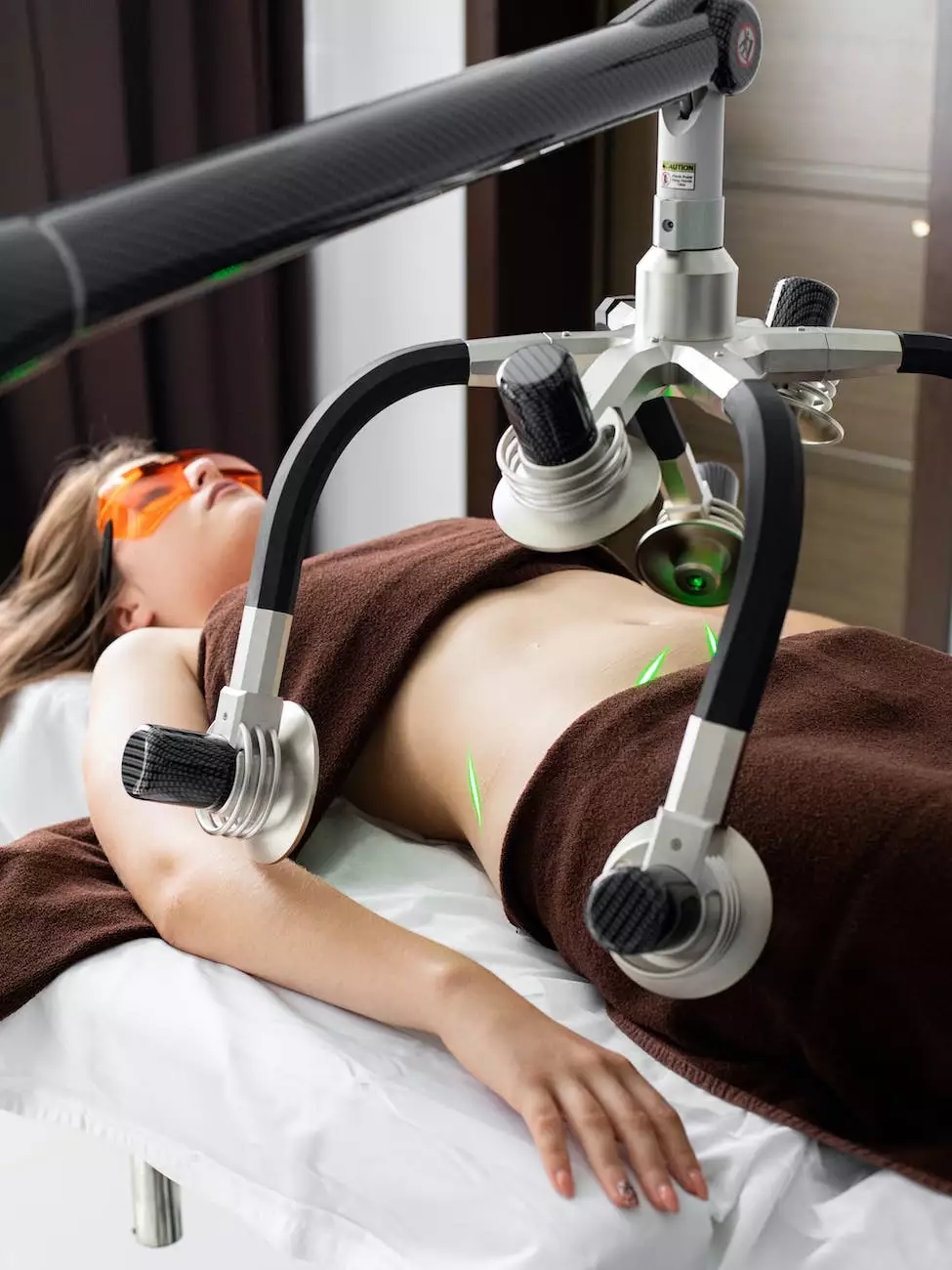Caring for Your Foley Catheter at Home - Female

Introduction
Welcome to Foley James D MD's comprehensive guide on caring for your Foley catheter at home. If you have recently been fitted with a female Foley catheter, it is crucial to understand the proper care and maintenance to ensure your comfort, hygiene, and overall well-being.
About Foley Catheter
A Foley catheter is a flexible tube inserted into the bladder to drain urine. It consists of a balloon that holds the catheter in place and a drainage bag to collect the urine. Foley catheters are commonly used in medical settings, as well as for individuals with certain medical conditions or recovery needs. Caring for your Foley catheter at home is essential to prevent infections and complications.
Proper Hygiene and Infection Prevention
Proper hygiene is crucial when it comes to caring for your Foley catheter. Here are some important guidelines to follow:
1. Handwashing
Before and after handling your Foley catheter, always wash your hands thoroughly with soap and water. This helps minimize the risk of introducing bacteria into your urinary system.
2. Cleaning the Catheter
Regularly clean the catheter and the surrounding area with mild soap and water. Gently pat dry with a clean towel to keep the area clean and dry. Avoid using harsh soaps or cleansers, as they can cause irritation and discomfort.
3. Emptying and Cleaning the Drainage Bag
The drainage bag attached to your Foley catheter needs to be emptied regularly. Follow these steps:
- Wash your hands thoroughly before handling the drainage bag.
- Place a clean container below the drainage spout.
- Open the spout and allow the urine to drain completely.
- Clean the spout with a disinfecting wipe or mild soap and water.
- Close the spout securely.
4. Maintaining Sterility
Ensure that all the equipment, including catheter connectors, is sterile by following the manufacturer's instructions. It is important to avoid introducing any contaminants into the system.
Tips for Comfort and Prevention of Complications
Here are some useful tips to enhance your comfort and prevent potential complications:
1. Secure the Catheter
Make sure that the catheter tube is secured to your leg using medical tape or a catheter holder. This prevents unnecessary tugging or accidental dislodgment of the catheter.
2. Maintain Adequate Hydration
It is important to drink plenty of fluids unless otherwise advised by your healthcare professional. Staying hydrated helps keep the urine flowing and reduces the risk of blockages or catheter-related issues.
3. Avoid Pulling or Tugging
Avoid pulling or tugging on your Foley catheter, as it may cause pain, discomfort, or even injury. If you experience any unusual sensations or if the catheter becomes dislodged, contact your healthcare provider immediately.
4. Regular Catheter Care
Follow your healthcare provider's instructions regarding periodic catheter changes and care routines. Regularly monitor the catheter site for any signs of irritation, redness, or infection.
Conclusion
Caring for your Foley catheter at home is crucial for maintaining your comfort and preventing complications. By following proper hygiene practices, avoiding unnecessary discomfort, and seeking professional guidance when needed, you can ensure a safe and positive experience. If you have any concerns or questions, do not hesitate to reach out to your healthcare provider.










